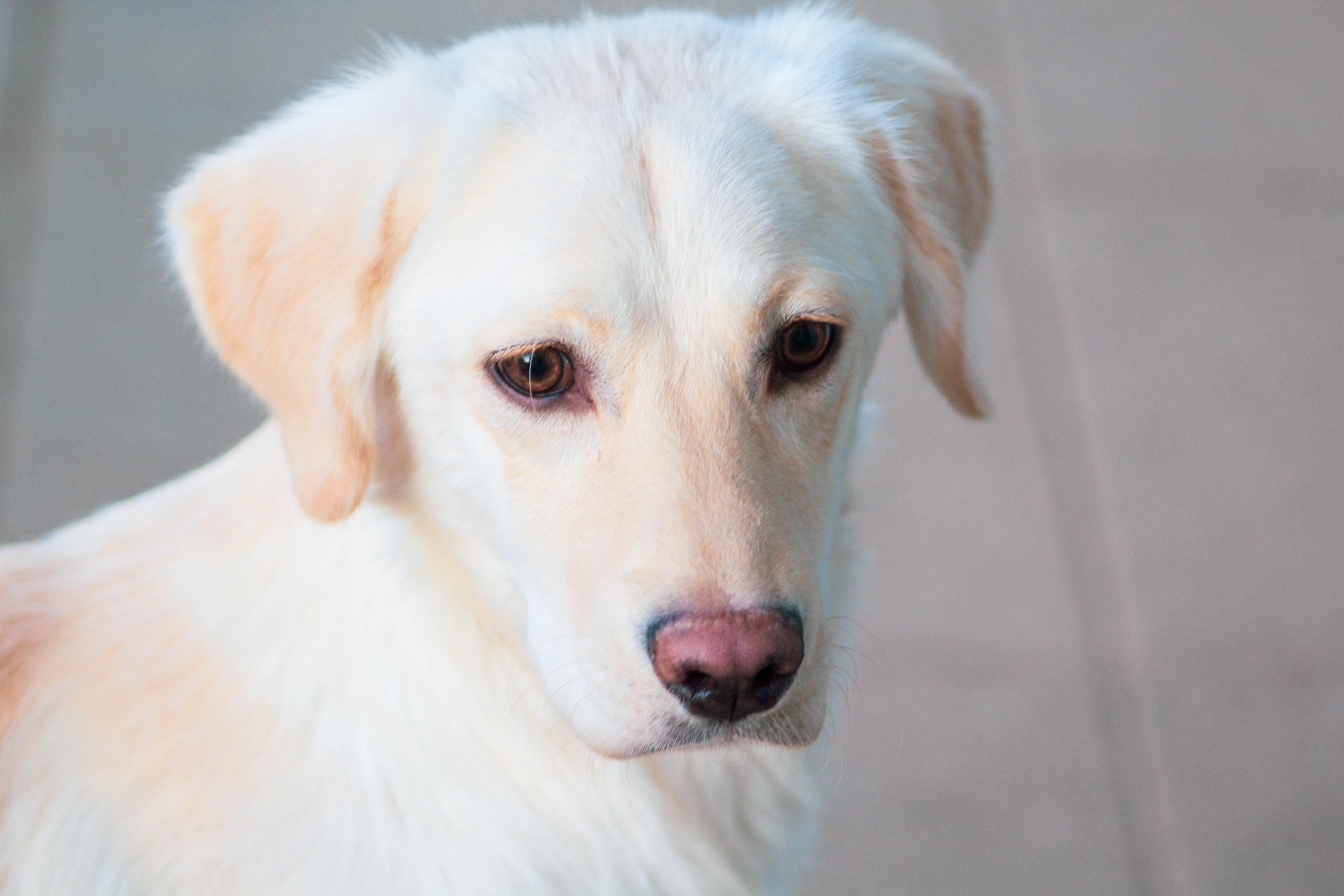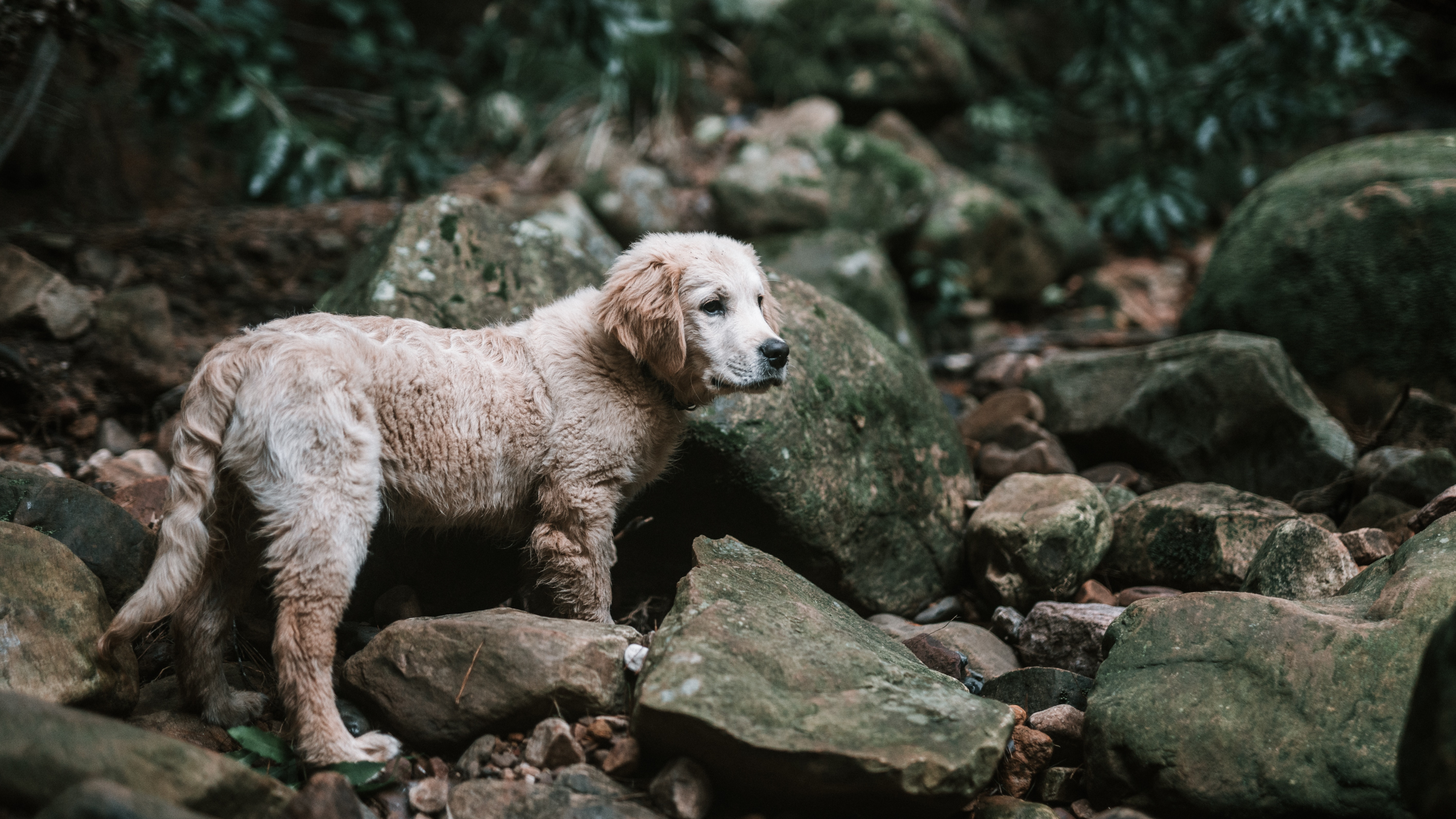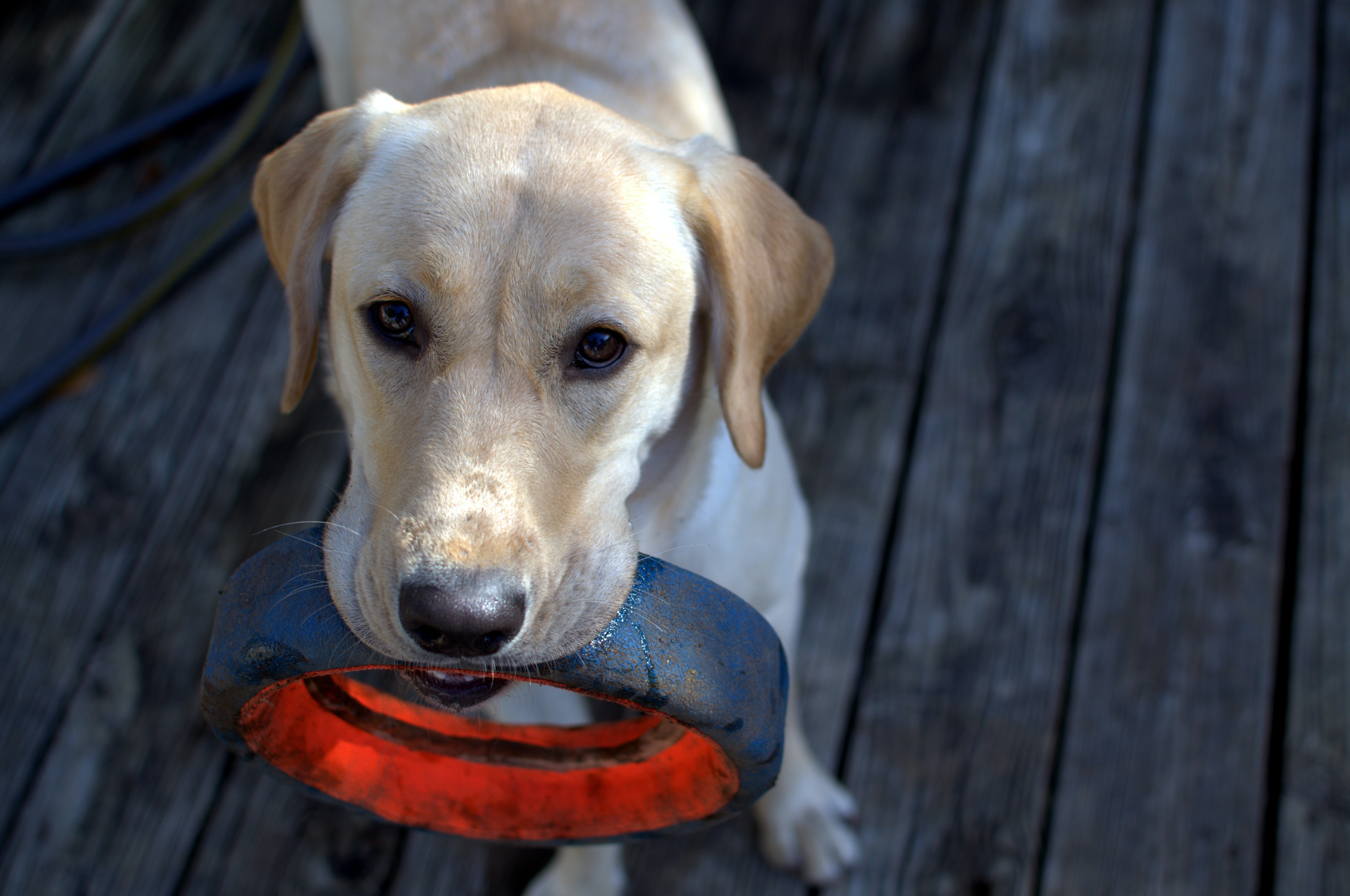Table of Contents
Learning and Raving Over Labrador Retrievers

They say beauty is in the eye of the beholder. And in some dog lovers, the labrador retriever may be the breed that holds their eye.
Okay, enough of the sentimental dramatics. But yes, the labrador retriever is one of the most well-known and well-loved dog breeds out there. They even gained the distinction of being America’s most popular dog breed, according to the American Kennel Club (AKC).
In this article, we’re exploring the origins, characteristics, roles in our lives, and health care of this popular dog breed. Let’s jump in, shall we?
The Origins of the Labrador Retriever: The Briefest History
When finding the origins of America’s popular breed of dog, you can trace it back to Canada (ironically). More precisely, the Canadian province of Newfoundland and Labrador, just off the Atlantic coast. Though it’s assumed the name Labrador comes from the eponymous region, its true origins lie in the island of Newfoundland, and the dogs that populate it.
The St John’s Dogs
The St. John’s water dog is the precursor to the Labrador Retriever. Named after the capital of Newfoundland and Labrador, the St. John’s water dogs were a result of 500 years of interbreeding between different European breeds. Fishermen from various European nations would bring their working dogs to Newfoundland (way back before the United Kingdom fully controlled the island). Hence why the ancestry of this water dog was so diverse.

Sadly, this dog breed has been extinct about four decades ago now. But it has spawned a wide range of today’s dog breeds. Some of their descendants include the Curly-Coated Retriever, the Flat-Coated Retriever, the Newfoundland, the Golden Retriever, and the Labrador Retriever. Luckily, their descendants have grown in popularity, carrying the St John’s dog legacy.
For more about how St. John’s Dog became the Labrador Retriever, check out this article by the American Kennel Club (AKC).
The Characteristics of the Labrador Retriever
Coats
The dog breed’s coat can come in three conformation colors. According to the American Kennel Club (AKC), these colors are yellow, black, and chocolate.
A fox red-coated retriever is commonly mistaken to have its own shade of color. However, their shade is part of the yellow Labrador Retriever breed. Don’t mistake them as part of the chocolate Labrador Retriever breed either.
Personality
They are America’s most popular dog breed for a reason. They are lovable friendly dogs with great amounts of obedience and loyalty. If you have children in your household, they’re known to be kid-friendly.
If you have other dogs with you or have a dog-owning neighbor, the Labrador Retriever can go along well with other animals. Your child and/or other pets may get easily acquainted with your new Labrador Retriever. They’re even friendly to strangers too.
And because of their loyal personalities, obedience training is often an easy ride. They’re very intelligent and often playful. However, keep in mind that with their playfulness comes boatloads of energy. So exercising and obedience training is often a must with this dog breed.
If you’re a low-energy person, you might as well get a cat to be honest. Because when a Labrador Retriever gets bored, that pent-up energy may get too much for an April Ludgate (a Parks and Rec joke? More like a Barks and Rec joke).
The roles of Labrador Retriever in our lives
This popular breed is so versatile in its roles in our lives due to its personality, endless energy, and adaptive coachability.
Work
Due to their obedient and loyal personality, the breed is often trained as a search and rescue dog. Like other dogs, Labrador Retrievers are great in following scents, tracking footprints, etc. Labrador Retrievers are also great at traversing harsh landscapes due to their energetic work ethic. Rescue dogs tend to work with strangers too. The Labrador Retriever’s natural friendliness and fondness of strangers are perfect for this type of work.
They’re also one of the popular breeds in the assistance dogs career. In this field, you’ll often see Labrador Retrievers as guide dogs for the disabled.
Assistance dogs/service dogs have a role in helping a client gain better accessibility in daily life than before. These dogs do tasks like reaching objects, collecting mail (not e-mail, of course), opening doors, guiding clients outside, even playing games with their owner or client! They are faithful companions that will warm your heart. And Labrador Retrievers are no exception. Their personality makes them one of the popular breeds in this field.
To learn more about training assistance dogs and service dogs, we have an article about it. Click here to read more about it.
Leisure

As they are for work, they are also for leisure. According to the AKC, the Labrador Retriever breed is excellent for a wide range of dog sports due to their energy and build.
This dog breed is great in agility events, for example. The stereotypical dog breed for this dog sport is a small and compact one like a terrier. But a well-trained Labrador Retriever puppy with a physically light built can also do this agility course. Their personality makes them one of the popular breeds in this field.
If you’re interested, you can find the nearest agility event here on the AKC website.
The Labrador Retriever breed also excels in obedience competitions. If trained well, their loyal personalities can shine in events like this.
You can find a 3-book series of developing your dog sports skills here at Amazon.

This dog breed is also well known for being a hunting dog. Depending on the type of person you are, this may interest you. Throughout its history, the Labrador retriever has been bred to be companions in hunting trips.
And because of their great rescue dogs traits, they can retrieve any game you can find. And with their boundless energy, they’ll be a faithful companion in your trips until you rest.
To find out more about training your Labrador Retriever as a hunting dog, Tom Dokken has a great book on that subject. Click here for its Amazon page.

Taking Care of Your Labrador Retriever’s Health

If you’re interested in owning and taking care of your Labrador Retriever, you may have to know the essentials in taking care of their health. Know the signs of trouble in your dog, and consult your veterinarian for advice.
Health Conditions
Hip Dysplasia
If your Labrador Retriever is visibly struggling to be energetic, it may be a telling sign of hip dysplasia in your dog. Like other breeds, a Labrador Retriever can be susceptible to this condition.
Hip dysplasia is where a dog’s displaced femur bone doesn’t fit together with its hip socket. This causes parts of the hip joint to rub together in an uncomfortable and even painful manner. This disfigurement in the hip can lead to cartilage loss, resulting in chronic hip pains as your dog ages in its life span. You can visibly see its results if you see your Labrador Retriever having a lame gait on their back legs, or just not being his or her joyful self.
Consult your veterinarian for your dog’s check-up. If the diagnosis is bad enough, your veterinarian may need surgery on your Labrador Retriever.
However, you can still perform certain home remedies for hip dysplasia in your Labrador if veterinarian-approved. Hip braces are great in slowing and minimizing the pressure in your Labrador’s hip joint. The brace stabilizes your dog’s lower backsides as it holds your dog’s femur bone to the hip socket properly.
Braces can also be used in other joint problems in your Labrador, like elbow dysplasia.
Eye Diseases

Eye diseases such as progressive retinal atrophy cause long-term health issues in your Labrador’s life span, particularly blindness.
Progressive retinal atrophy is a genetic health problem that can lead to blindness. A Labrador Retriever can present symptoms at even a young age. Symptoms can slowly progress over time in their life span. But in some cases, a Labrador Retriever can start showing symptoms when they’re an adult dog.
The condition atrophies the retina cells in a dog’s eye. It degenerates your dog’s eyes, resulting in decreases in light perception, and eventually blindness. Give your dog this supplement to boost its eye health.
Signs of the condition at an early stage include uncoordinated movements, clumsiness, and an inability to find objects. If your dog struggles to find their much-loved toys, it might be a sign. If this worries you, you may need to run tests with your veterinarian.
To know more about other eye diseases in dogs, read this article by Vet Pet Guide here.
If you are looking for a new Labrador Retriever, it is possible to prevent this mishap by buying from a reputable breeder. Buying from breeders with a good reputation can reduce the likelihood of experiencing this condition. If you’re skeptical about buying from certain breeders, ask for their health forms for their breeding dogs. Reputable breeders should provide ample evidence of a dog’s healthiness.
Ear Infections
According to the AKC, ear infections are a common problem in all breeds. So this is not just for the Labrador Retriever. Other dogs can have these ailments.
The visible signs of this ailment include your dog shaking its head, scratching its ear, and crusting or scabbing in the ear. Because canines have a vertical L-shaped ear canal, it makes them prone to ear infections compared to us humans. So watch out for wetness in their ears (which may cause a build-up of bacteria and yeast), allergies, foreign bodies, etc. Even excessive cleaning can cause it, so watch out for how you clean your dog.
If you’re noticing the signs in your dog, you should check-in at your nearest veterinarian. It is of utmost importance to prevent the infection from spreading to other parts of the ear. The AKC advises not to try homemade remedies.
For more about this ailment, check out this article by the AKC here.
Resources to Use
American Kennel Club
If interested in a general AKC crash course on the Labrador Retriever, click here. In general, the AKC offers the best comprehensive guide into all things dog. So you’re still considering other dogs, you can look up the AKC for information.
Labrador Retriever Club
You can also check out the Labrador Retriever Club here. They’re officially recognized by the AKC as the national breed club for the Labrador Retriever in the US.
Other Resources
Orthopedic Foundation for Animals is a research-based nonprofit organization. They offer tests and information about genetic diseases in all pets. Click here to learn more about the Orthopedic Foundation.
And for more about taking care and training your Labrador Retriever, check out this book here by Audrey Astor, available on Amazon.
Is Labrador a good pet?
Do Labradors bark a lot?
Is Labrador the best family dog?
What problems do Labrador have?
Can Labradors be left alone?
What is better a girl or boy Labrador?
What age are Lab puppies the naughtiest?
Are Labradors hard to train?
At what age will my Labrador calm down?
How long should I walk a Labrador?

